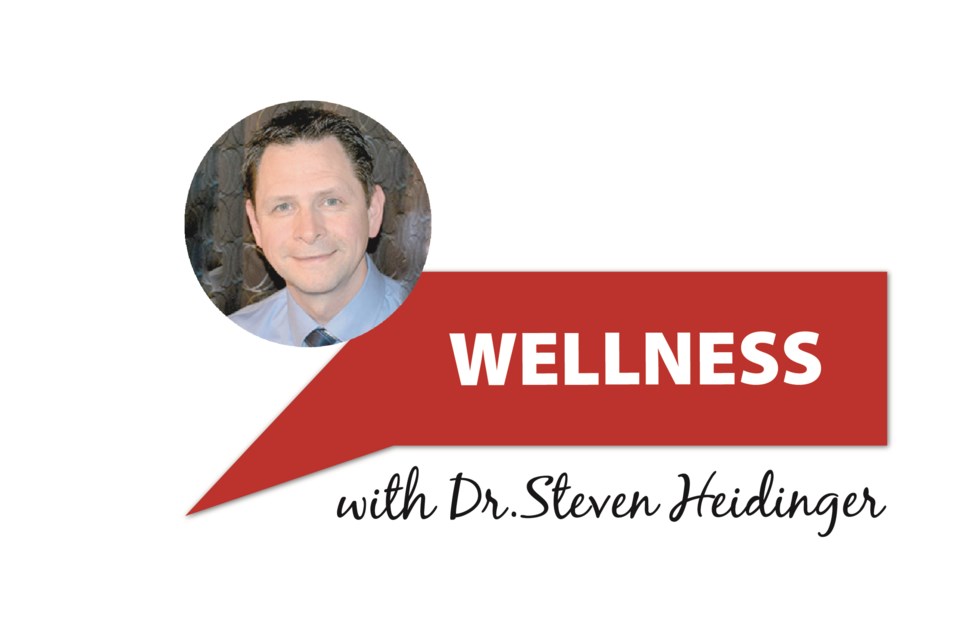In my office I meet a lot of patients with migraines. I meet a lot of patients who medicate for their migraines. I meet a lot of patients who medicate for their migraines who still get migraines. I meet a lot of patients who have migraines and do not exercise.
According to Statistics Canada, data from 2010-2011, the prevalence of migraine diagnosis among Canadians is over eight per cent. One third of migraine sufferers claim it negatively effects their employment. Stats Canada claims that many of the 2.7 million migraineurs in Canada have associated medication use, depression, and sleep disorder. So yes, migraines are a big deal, even if they don’t affect you directly.
A recent review (2019) of research showing the effects of aerobic exercise on migraines reveals evidence that migraine sufferers should be using exercise to better manage their headaches. Half of the studies reviewed showed significant positive effects for the migraineurs tested. Reduced number of migraine days suffered, reduced pain severity, and a decrease effect of migraines on quality of life were reported.
The studies varied with the type of aerobic exercise used. Brisk walking, jogging, cycling and a mixture of all three were used in the various studies. Duration of exercise ranged from 30 to 45 minutes.
Exercise is well-known in its ability to help modulate pain and with its other positive side effects such as weight loss, improved blood sugar management, and reduced blood pressure, why wouldn’t a migraine sufferer try exercise? Especially since medications often come with a variety of negative side effects.
According to MigraineCanada.org, certain natural supplements are recommended as alternatives to pharmaceuticals as well. Co-enzyme Q10 and L-carnitine have been shown to aid in the prevention of migraines.
As a previous migraine sufferer, I know how debilitating these types of headaches can be. For me, I credit exercise and chiropractic care as the reason I have been over 35 years migraine-free.
The views and opinions expressed in this article are those of the author, and do not necessarily reflect the position of this publication.




